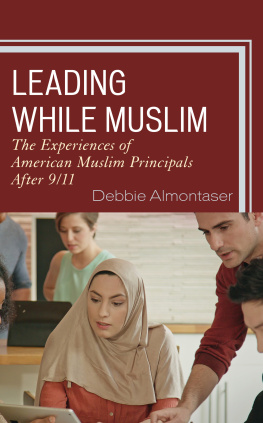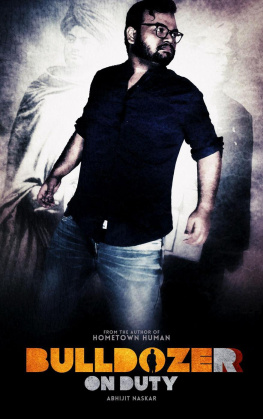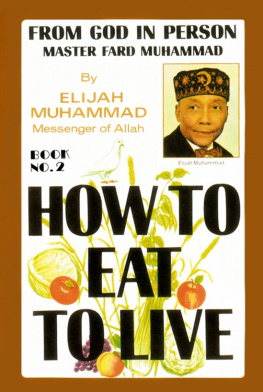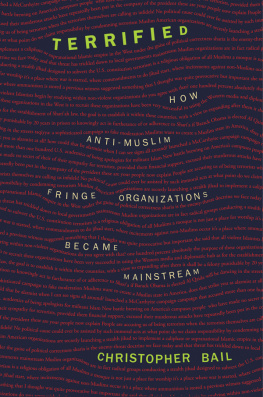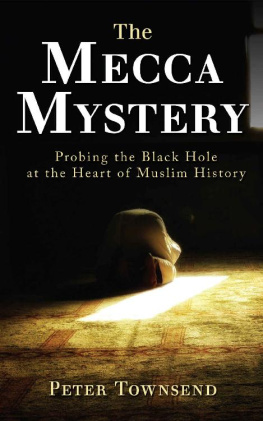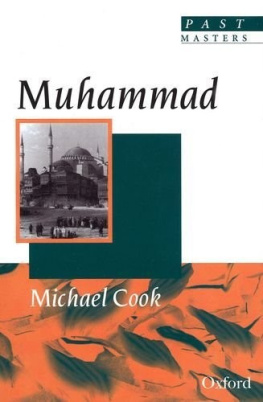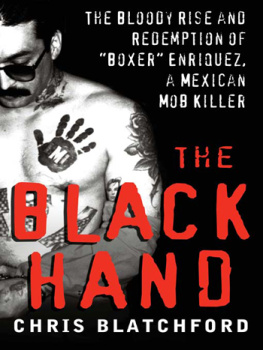Thomas Peele - Killing the Messenger: A Story of Radical Faith, Racisms Backlash, and the Assassination of a Journalist
Here you can read online Thomas Peele - Killing the Messenger: A Story of Radical Faith, Racisms Backlash, and the Assassination of a Journalist full text of the book (entire story) in english for free. Download pdf and epub, get meaning, cover and reviews about this ebook. year: 2012, publisher: Crown, genre: Detective and thriller. Description of the work, (preface) as well as reviews are available. Best literature library LitArk.com created for fans of good reading and offers a wide selection of genres:
Romance novel
Science fiction
Adventure
Detective
Science
History
Home and family
Prose
Art
Politics
Computer
Non-fiction
Religion
Business
Children
Humor
Choose a favorite category and find really read worthwhile books. Enjoy immersion in the world of imagination, feel the emotions of the characters or learn something new for yourself, make an fascinating discovery.
- Book:Killing the Messenger: A Story of Radical Faith, Racisms Backlash, and the Assassination of a Journalist
- Author:
- Publisher:Crown
- Genre:
- Year:2012
- Rating:4 / 5
- Favourites:Add to favourites
- Your mark:
Killing the Messenger: A Story of Radical Faith, Racisms Backlash, and the Assassination of a Journalist: summary, description and annotation
We offer to read an annotation, description, summary or preface (depends on what the author of the book "Killing the Messenger: A Story of Radical Faith, Racisms Backlash, and the Assassination of a Journalist" wrote himself). If you haven't found the necessary information about the book — write in the comments, we will try to find it.
Killing the Messenger is a searing work of narrative nonfiction that explores one of the most blatant attacks on the First Amendment and free speech in American history and the small Black Muslim cult that carried it out. Award-winning investigative reporter Thomas Peele examines the Black Muslim movement from its founding in the early twentieth century by a con man who claimed to be God, to the height of power of the movements leading figure, Elijah Muhammad, to how the great-grandson of Texas slaves reinvented himself as a Muslim leader in Oakland and built the violent cult that the young gunman eventually joined. Peele delves into how charlatans exploited poor African Americans with tales from a religion they falsely claimed was Islam and the years of bloodshed that followed, from a human sacrifice in Detroit to police shootings of unarmed Muslims to the horrible backlash of racism known as the zebra murders, and finally to the brazen killing of Chauncey Bailey to stop him from publishing a newspaper story.
Peele establishes direct lines between the violent Black Muslim organization run by Yusuf Bey in Oakland and the evangelicalism of the early prophets and messengers of the Nation of Islam. Exposing the roots of the faith, Peele examines its forerunner, the Moorish Science Temple of America, which in the 1920s and 30s preached to migrants from the South living in Chicago and Detroit ghettos that blacks were the worlds master race, tricked into slavery by white devils. In spite of the fantastical claims and hatred at its core, the Nation of Islam was able to build a following by appealing to the lack of identity common in slave descendants.
In Oakland, Yusuf Bey built a cult through a business called Your Black Muslim Bakery, beating and raping dozens of women he claimed were his wives and fathering more than forty children. Yet, Bey remained a prominent fixture in the community, and police looked the other way as his violent soldiers ruled the streets.
An enthralling narrative that combines a rich historical account with gritty urban reporting, Killingthe Messenger is a mesmerizing story of how swindlers and con men abused the tragedy of racism and created a radical religion of bloodshed and fear that culminated in a journalists murder.
THOMAS PEELE is a digital investigative reporter for the Bay Area News Group and the Chauncey Bailey Project. He is also a lecturer at the University of California, Berkeley, Graduate School of Journalism. His many honors include the Investigative Reporters and Editors Tom Renner Award for his reporting on organized crime, and the McGill Medal for Journalistic Courage. He lives in Northern California.
Thomas Peele: author's other books
Who wrote Killing the Messenger: A Story of Radical Faith, Racisms Backlash, and the Assassination of a Journalist? Find out the surname, the name of the author of the book and a list of all author's works by series.


